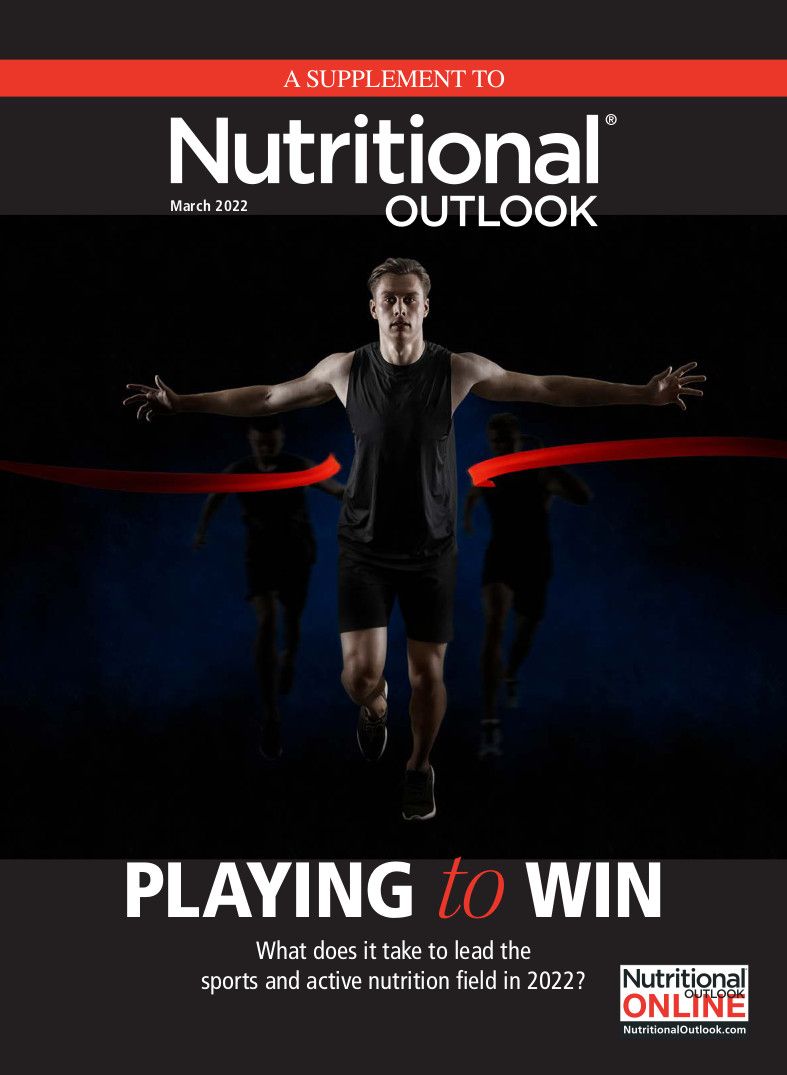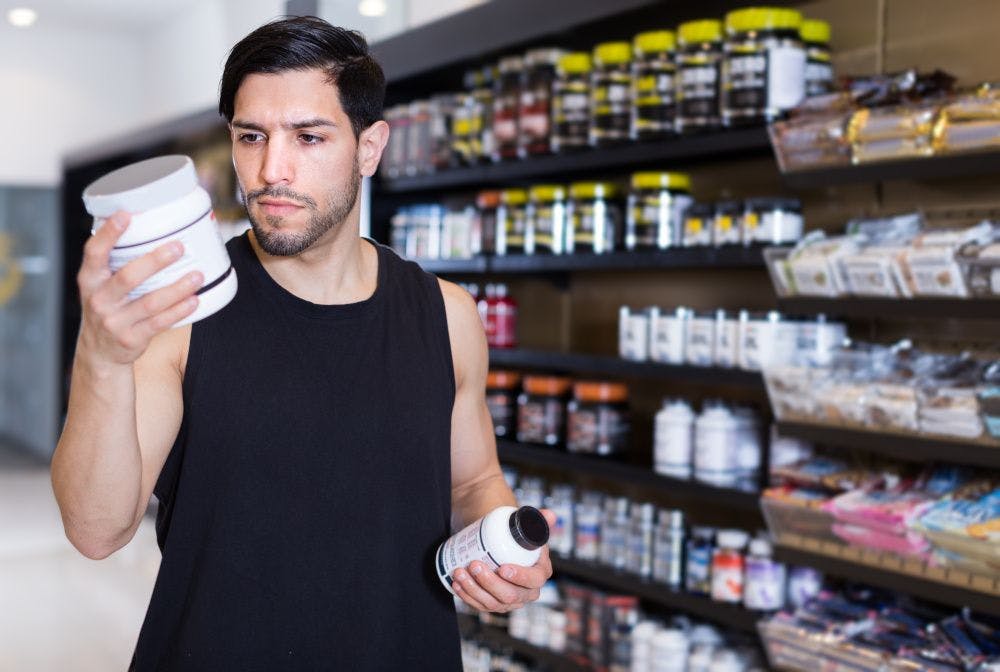2022 sports drink trends
What’s shaping the sports beverage space in 2022?
As more consumers adopt sports nutrition beverages as part of an active lifestyle, consumer preferences are diversifying. Today, the term sports drink has come to mean many things.
As this umbrella category broadens, it will be essential for brands to tailor products to better appeal to specific consumer segments. Here are some of the consumer trends shaping the sports drinks market.
Esports: Cognitive Drinks Grow
The rise of esports opened up several new avenues for sports drinks. While traditional sports drinks typically focused on hydration as a key benefit, esports beverages heavily center on cognitive health benefits.
Today’s esports drinks can target specific aspects of brain health or induce certain brain-states, says Erin Costello, communications and events associate for drink developer Imbibe (Niles, IL).
“Cognitive support, focus, and digital performance are all market opportunities” in this category, Costello says. “G Fuel has seen success with multiple product lines, including powders and ready-to drink [RTDs] that enhance gamers’ performance.” The company’s marketing is on point, too. “They’ve taken influencer marketing by storm; they’ve created partnerships with movie franchises and professional gamers,” she says.
Label Claims Matter
As consumers seek more functional benefits from their sports drinks—benefits like focus, eye health, and satiety—they are also moving away from old-school fillers like sugar. There is continued demand for reduced-sugar and low-calorie sports drinks, with consumers both inside and outside the gym reaching for sports drinks, Costello says.
“According to the International Food Information Council, 25% of consumers say the total sugars information on the Nutrition Facts label has the most influence on their purchases,” Costello explains.
Shoppers are also searching for key benefits and ingredients on labels. For instance, “Sports drinks are relied upon for enhanced performance and hydration through added electrolytes, B vitamins, and caffeine,” she notes.
Formulating with alternative ingredients may create challenges with solubility, mouthfeel, or off-notes, but flavor-balancing additives like maskers can help ensure palatability, Costello advises. Imbibe’s branded NonSense masking agent, for instance, is designed to mask off-notes like bitter, sulfuric, and astringent tastes.
“Benefit Stacking” in Demand
While traditional sports drinks still appeal to certain consumers, the healthy active-lifestyle market is increasingly trending toward combination products containing botanicals, vitamins, and other natural ingredients delivered in synergistic blends with additional benefits.
As brands innovate, their product offerings are becoming more advanced, says Natalie Bujak, marketing and innovation manager for Armada Nutrition (Spring Hill, TN), a Prinova Group (Hanover Park, IL) business. “It’s not just about pre- and post-workout consumption,” Bujak says. “It’s now about consuming functional drinks throughout the day to provide multiple benefits. For example, sports drinks—especially energy drinks—are being launched with multiple functional ingredients such as botanicals and vitamins.”
Bujak says that while protein-based drinks are still popular, consumers are also on the hunt for holistic drinks that offer a range of benefits. Popular applications include immune health, energy, and mental health support.
Personalized Performance
As the functional drinks market expands beyond sports, its new audience will look for personalized nutrition products that support particular lifestyles. And as the stress of the COVID-19 pandemic continues to take its toll, consumers are looking for products in general that can support their health long-term, says Maria Stanieich, marketing manager for Kyowa Hakko USA (New York, NY).
Multiple consumer segments are now looking for healthy beverages to support their lifestyles. Some more athletic consumers, for instance, might be looking for performance or endurance beverages, Stanieich says; other consumers may want longer-term physical or mental health support. Stanieich says there is ample opportunity for innovation and growth within these segments. Brands that invest in tailored product applications will be able to capitalize on these niche opportunities.
In addition, “Clean-label and improved wellness is top of mind,” Stanieich says. “Today’s consumers are learning more about self-care. Clinically tested and studied ingredients are on the rise overall; consumers are looking for science-backed ingredients.”
Adapting to the Mainstream
Sports brands are aware that in order to grow, they need to reach more mainstream consumers. Rather than repositioning an existing product, Bujak says sports brands should launch new products to meet the needs of new consumer segments.
Breaking into a broader market will require functional sports drink brands to run plays from a new playbook. Active-nutrition consumers are less invested in technical details and care more about a brand’s story. They also value clean-label products. Greater transparency, better brand storytelling, and a focus on less technical communications can help brands appeal to a broader demographic.
However, Bujak cautions that breaking into a new market will also require brands to invest in proactive regulatory compliance steps. Product safety monitoring and ensuring defensible health claims are just two of the ways that brands can put their functional beverages on solid footing.

.png&w=3840&q=75)

.png&w=3840&q=75)



.png&w=3840&q=75)



.png&w=3840&q=75)
















